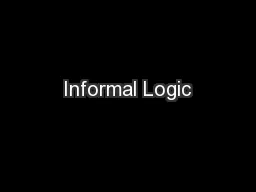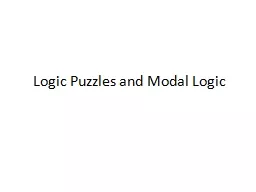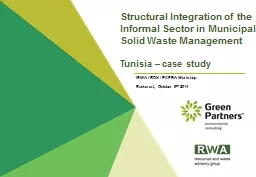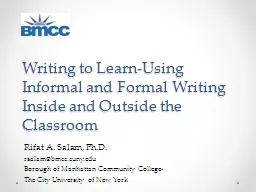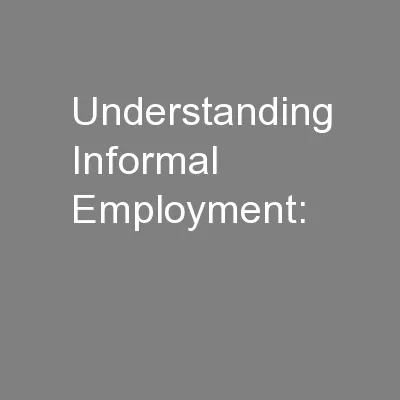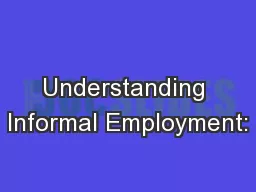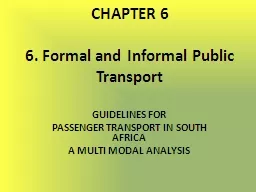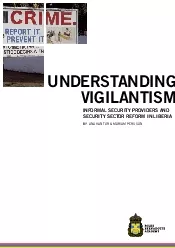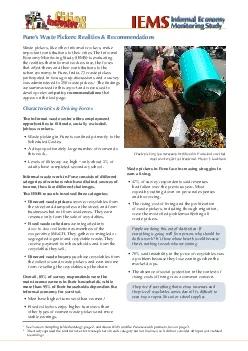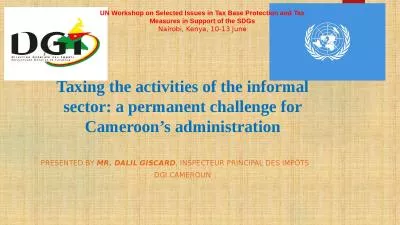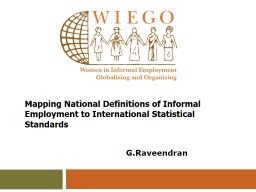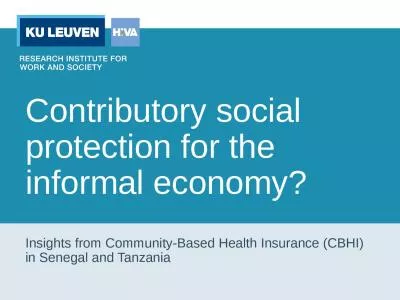PPT-Informal Logic
Author : briana-ranney | Published Date : 2016-09-05
Philosophy Thinkers Theories and Questions Chapter 2 Introduction Informal logic focuses on the kinds of arguments that are used in everyday contexts such as
Presentation Embed Code
Download Presentation
Download Presentation The PPT/PDF document "Informal Logic" is the property of its rightful owner. Permission is granted to download and print the materials on this website for personal, non-commercial use only, and to display it on your personal computer provided you do not modify the materials and that you retain all copyright notices contained in the materials. By downloading content from our website, you accept the terms of this agreement.
Informal Logic: Transcript
Download Rules Of Document
"Informal Logic"The content belongs to its owner. You may download and print it for personal use, without modification, and keep all copyright notices. By downloading, you agree to these terms.
Related Documents

